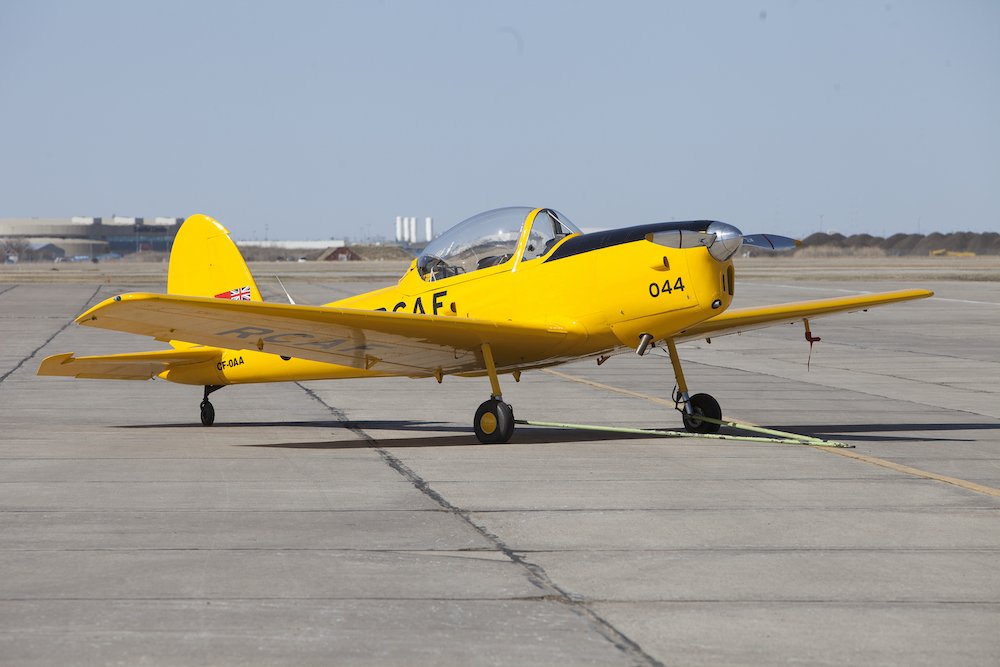Replaced the legendary Tiger Moth in October 1945.
A total of 1,283 de Havilland Chipmunks were produced between 1946 and 1958.
The Chipmunk was designed and built in Canada. But the Royal Air Force discovered the Chipmunk and realized it was the ideal replacement for the Tiger Moth. Soon Chipmunks were being built under license for the Royal Air Force. Canada wanted the bubble canopy that we see in the museum because there was room for the jet pilot-style helmet that would be used in later jet aircraft training. The RAF used the “chicken coop” canopy style you see on the Harvard and the Cornell. Their pilots retained the traditional leather helmet.
By 1950 the Chipmunk had replaced the Tiger Moth. The Chipmunk was carefully designed to overcome most of the problems of the Tiger Moth.
The Chipmunk uses a very rugged monoplane wing, which produces more lift and less drag than the biplane Tiger Moth.
The Chipmunk used a gravity flow fuel system that would feed the carburetor in any aerobatic position, even for extended periods.
The Chipmunk’s low wing monoplane design provided excellent visibility. Fabric covered wood panels in several locations provided a very strong construction wing design with a metal-covered fuselage. A tail wheel pitch and lower height of engine and propeller above ground provided better forward visibility. The sliding canopy provided relatively easy parachute escape and less risk of entanglement with upper wing and wires in an emergency. Also, improved and better functional cockpit heating system. The engine was an–up graded version of the Gypsy Major used in the Tiger Moth. The Chipmunk is a favourite of flying schools and private owners.


